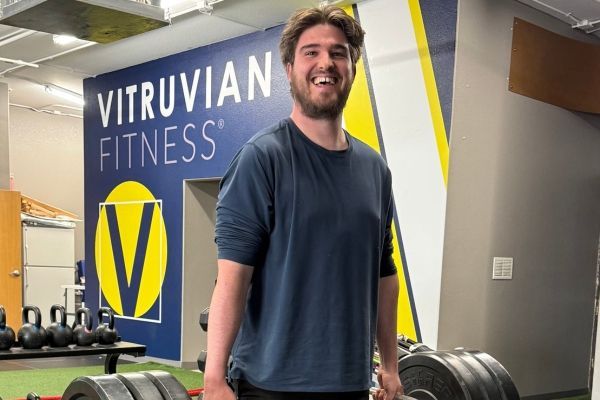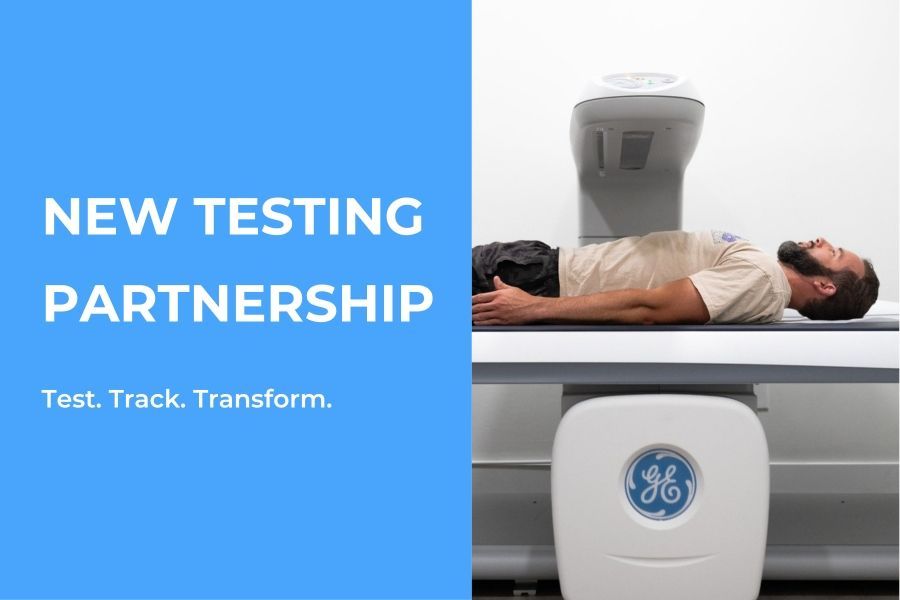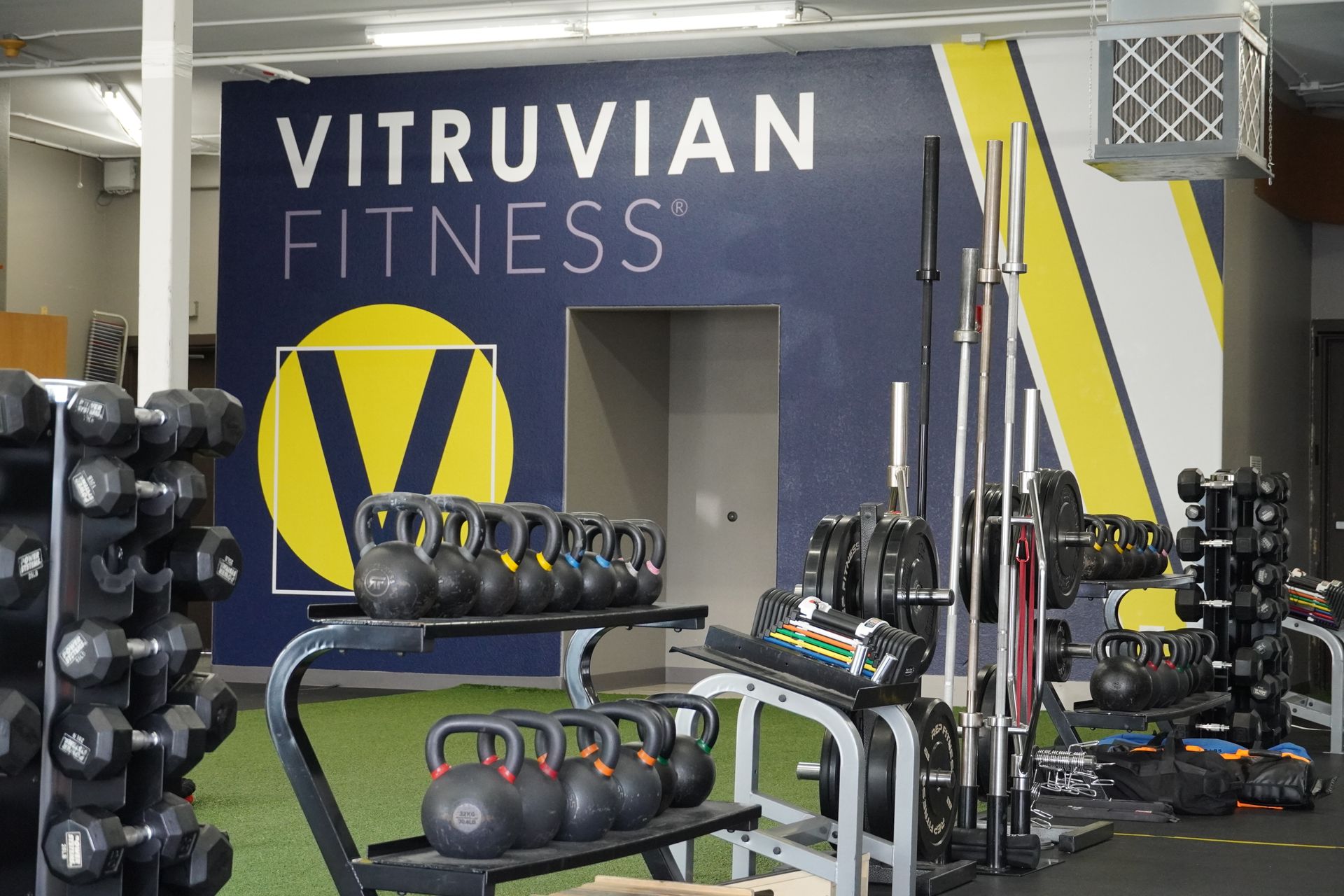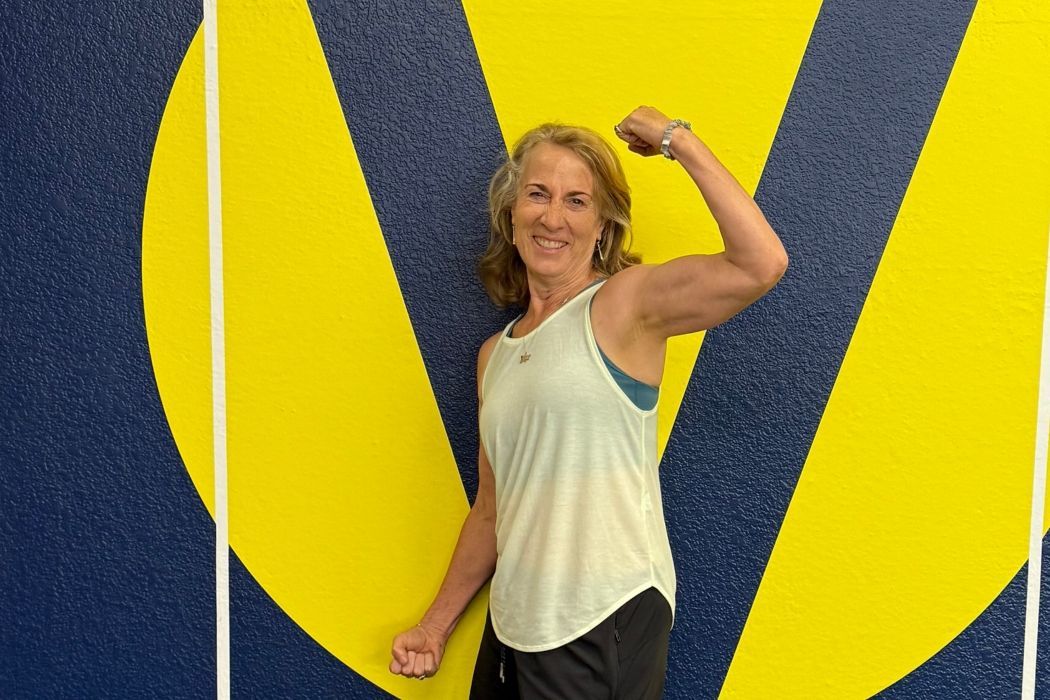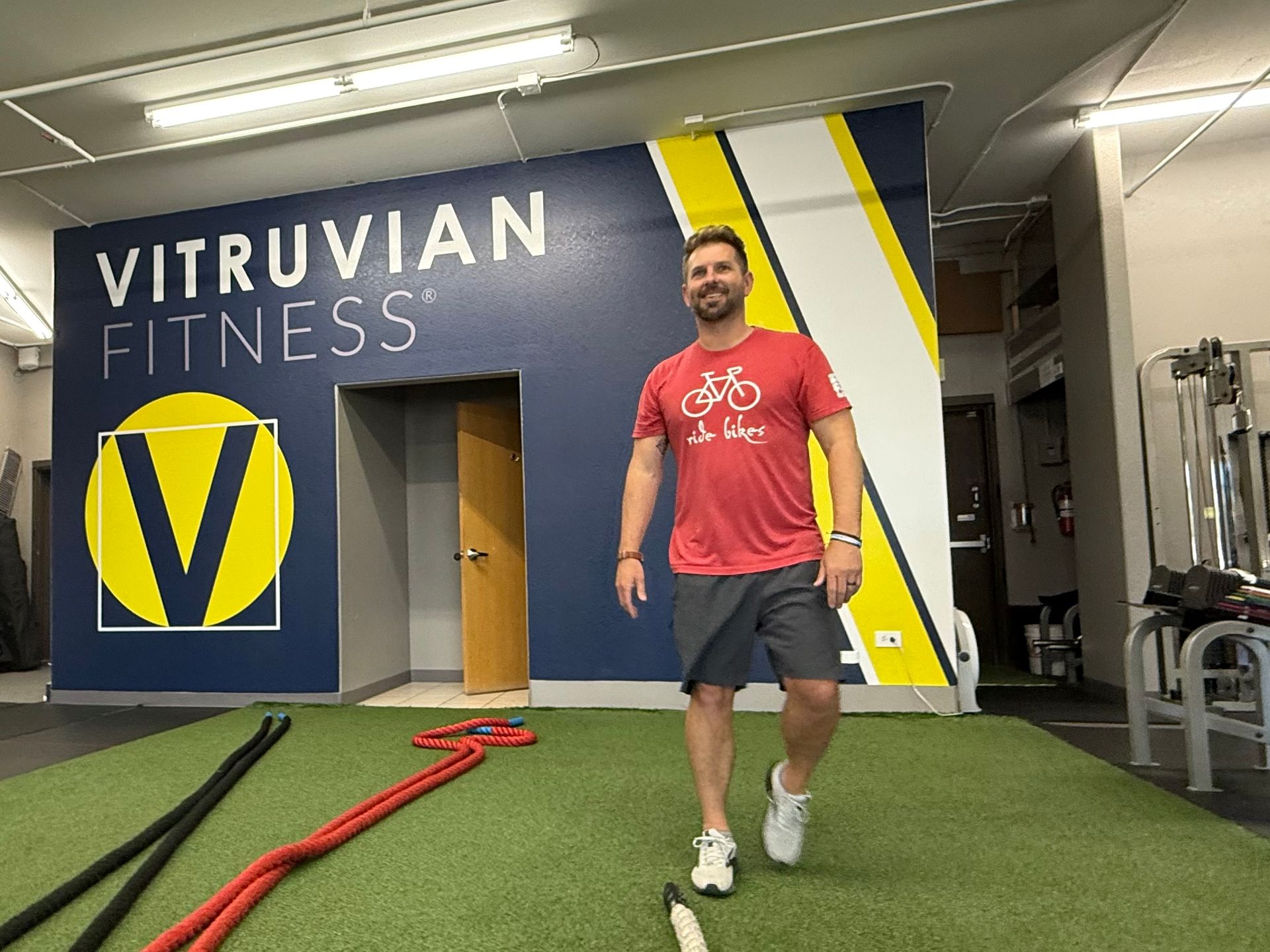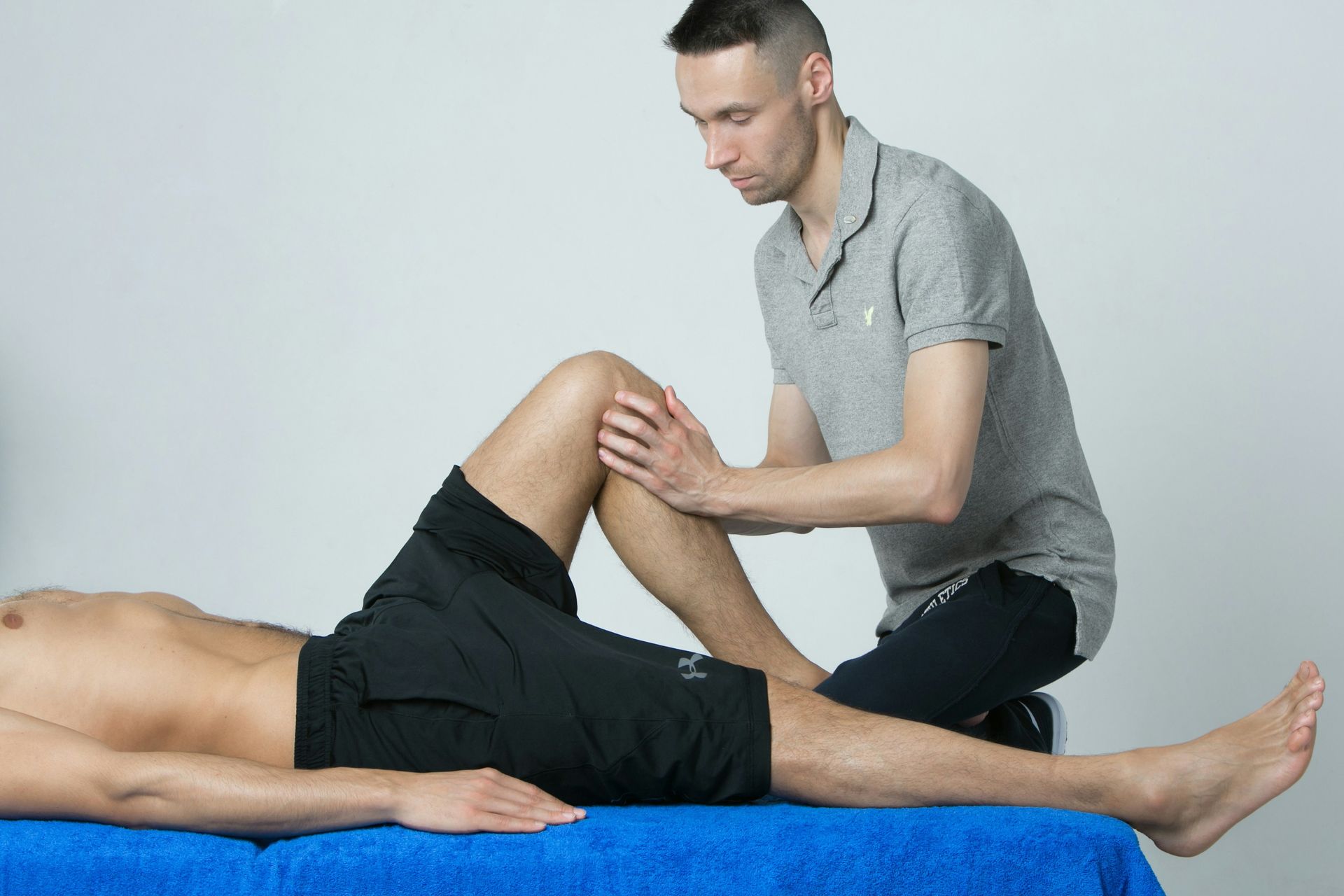What We Do At Vitruvian Fitness
Virtually everyday, I get asked what type of fitness we offer at Vitruvian Fitness. When Vitruvian Fitness opened in May of 2010, there were a small handful of fitness options in Northwest Denver. Basically, the neighborhood had a couple municipal rec-centers, a “big-box” gym, and a couple personal trainers with storefronts or in-home based, a Crossfit studio and a couple of boot camp options. Just a few years later, there are about 5 times as many options. With so many different offerings, I often get asked what makes us different from all the others.
This is my elevator speech: Vitruvian Fitness is a personal training studio specializing in functional training and group fitness. We train recreational and collegiate athletes, endurance and extreme athletes, and athletes in the game of life. No matter what your game is, we can help you elevate it to the next level.
In my mind, however, there is much more to this answer. As personal trainers, our purpose is to design exercise programs for the individual. As long as you have all the standard-issue bones and joints and they’re in relatively good-working order, we’re going to prescribe exercises that help you move (or hold in place) all those parts according to how you’d like to move them. The fact of the matter is, everybody has the same bones and joints and we all move the same way. But our individual circumstances are different – same body, different degrees of conditioning and purpose.
When we design the structure of your workout, it’s very methodical and planned specifically for you and your goals. We start with a warm up and do movement prep for about 15 to 20 minutes. In that time, we’re going to go from a state of relative rest to a place where the body can be expected to work very hard. In that time, we massage and stretch muscles and connective tissues; we activate, lubricate and innervate. We’re recruiting the central nervous system, the circulatory system, the respiratory system, the muscular system, the skeletal system, the endocrine system, the lymphatic system and the digestive system. It’s all connected and has a purpose.
After the warm up, your workout can go anywhere and that’s where your starting point and destination dictate the make-up of the workout. However, your workout is far from randomly thrown together. The variables are rather numerous. We look at things like load, volume, time-under-tension, stability, intensity, tempo, strength, endurance, work to rest ratios and the relative demands on each of the systems we just warmed up. And if all that sounds complicated, well that’s because it is a little complicated. But if you listen to your intuition and common sense you’ll recognize that when things feel right, they usually are. Let me explain this concept further.
We know that to increase strength, we must move weight that is heavier than what you’ve moved before. This is known as the Overload Principle. Simply put, you have to work outside of your comfort zone in order to wind up being comfortable doing something harder than what you’ve done before. We also employ another concept: the SAID Principle. SAID stands for “Specific Adaptation to Imposed Demand.” In other words, if we want to get better at an activity, we use movements that enhance that activity. And lastly, we always perform a total body workout because in real life, there is no such thing as leg day.
So, putting these three concepts together, we get a total body workout moving in several directions using movements you’ll experience in real life and heavier and harder than you’re accustomed to. And we tailor those exercises to fit on the road map we created together.
Intuition and common sense come in to play when you know (without knowing why exactly) that the work is smart. It feels therapeutic. It’s challenging but doesn’t feel like it’s going to hurt you (permanently). At some point, you can understand that it will enhance your performance in activities of daily living or in your chosen sport. The work invigorates you physically and mentally. It is our hope that every week, month or year, you can look back and see meaningful progress.
Here are some not-so-uncommon things that are conspicuously absent from workouts at Vitruvian Fitness:
- Bodybuilding Techniques
- We’re not opposed to bodybuilding, it’s just not what we do
- Single joint, isolated movements (that’s for bodybuilders – see above)
- Leg day, arm day or any other body-part day (that’s for bodybuilders – see above)
- Explosive, high intensity and/or complex movements performed to beyond technical failure
- This is a tested and proven technique that will cause serious injuries to limbs and joints. An injury can prevent you from doing all the other important things you need to do in life, such as: work, walk, lift grocery bags, play with your children, ride bikes, ski, golf, etc.
- Long steady-state aerobic exercises in the absence of planned and periodized high intensity intervals
- Our cardio activities are scientifically designed to enhance metabolism and/or performance output at measurable thresholds
- The 3-minute workout. Or rather, “that one thing you can do in the shortest amount of time possible because my life is just too busy to take care of myself otherwise.”
- Treadmills – this isn’t running, it’s keeping up. I’d love to discuss in more detail. It’s biomechanically one of my favorite topics.
- Machines (except bikes and rowers – we like other self-propelled machines but don’t have any)
- Supplements and drinks chemically engineered in a factory. We like food. The kind that doesn’t need a label with nutrition facts because the ingredient is one word like: apple or fish or broccoli.
- Bravado and machismo
Sometimes, a craftsman is better known for the tools he uses. At Vitruvian Fitness, we use a very wide variety of tools in our workouts, each having a specific purpose and value.
- Dumbbells
- Barbells
- Kettlebells
- Elastic Resistance Tubing and Bands
- TRX
- Rowing Machines
- Stationary Bicycles
- Bosu
- Stability Balls
- Medicine Balls
- Jump Ropes
- Battle Ropes
- Body Weight
At Vitruvian Fitness, we get strong, functional, fast, agile, healthy, lean and happy. We care primarily about the quality of your movement before we care about the quantity of your movement. We don’t “bulk up,” we don’t subscribe to any one specific diet and more importantly; we don’t use gimmicky slogans or trendy lingo to describe what we do. That’s our mission and really, it’s what makes us different.
We play hard, we eat well and we get happy.
You might also enjoy these posts . . .
